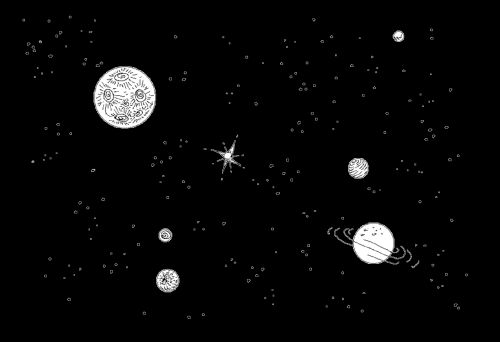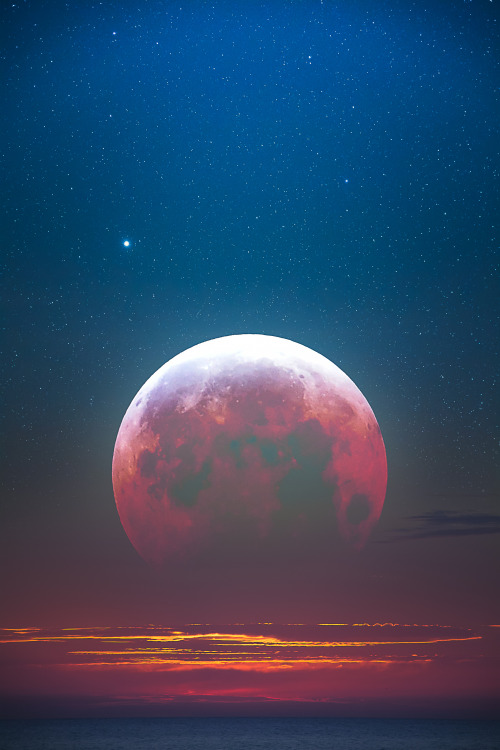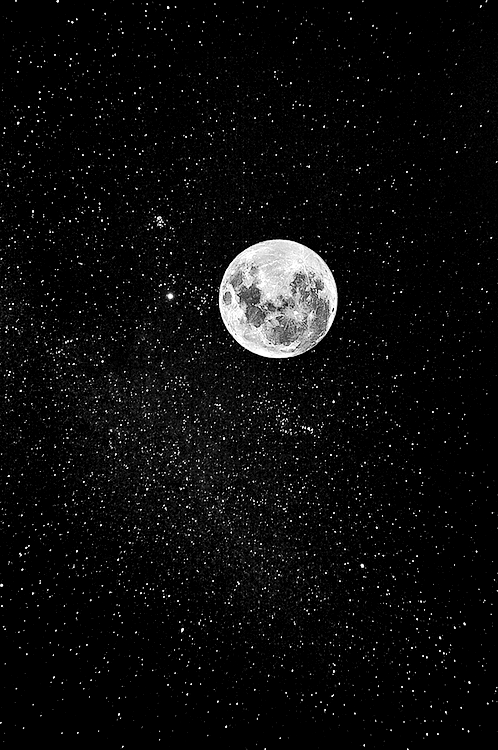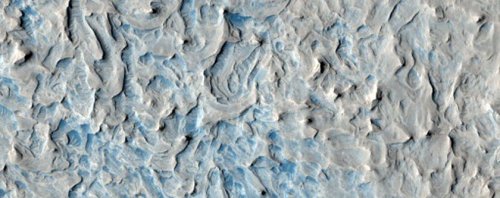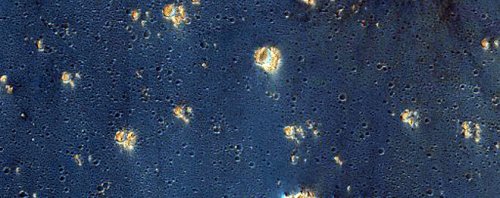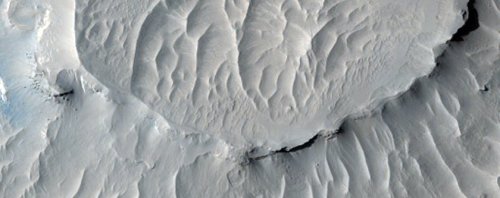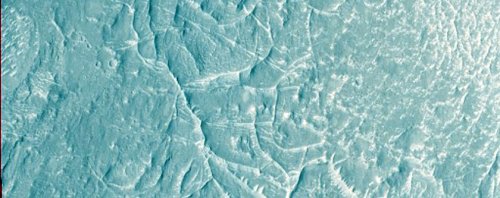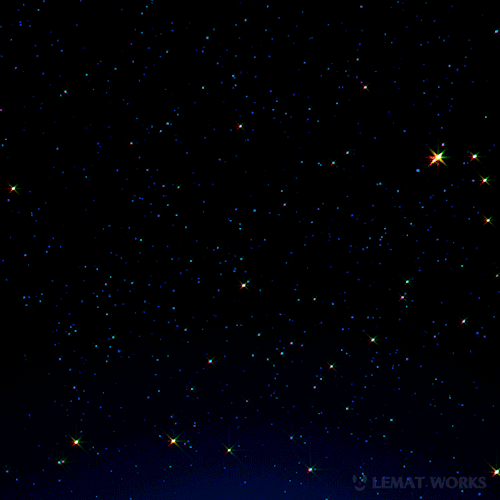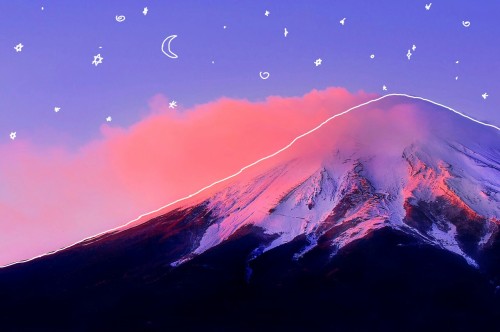Latest Posts by thegalaxyundone - Page 5
Solar System: Things to Know This Week
Earth is the ultimate ocean planet (that we know of), but it turns out that our solar system has water in some surprising places, with five ocean-bearing moons and potentially several more worlds with their own oceans.

1. The Original “Alien Ocean”
Our Galileo spacecraft (1989-2003) detected the first evidence of an ocean beyond Earth under the ice of Jupiter’s icy moon Europa.

2. Lost Oceans
There are signs that Mars and Venus once had oceans, but something catastrophic may have wiped them out. Earth’s natural force field – our magnetosphere – acts like shield against the erosive force of the solar wind.

3. Earth, the Original Ocean World
The search for life beyond Earth relies, in large part, on understanding our home planet. Among the newest Earth ocean explorers us the Cyclone Global Navigation Satellite System, or CYGNSS–a constellation of microsatellites that will make detailed measurements of wind speeds over Earth’s oceans to help understand hurricanes. The spacecraft have moved into their science operations phase.

4. Sister Ships
It’s fitting the first mission to explore an alien ocean is named in honor of fast-sailing clipper ships of old. Our Europa Clipper spacecraft will seek signs of habitability on Jupiter’s moon Europa.

5. Game Changer
Scientists expected Saturn’s moon Enceladus to be a tiny, solid chunk of ice and rock. But, not long after arriving at Saturn, our Cassini spacecraft made a series of incremental discoveries, eventually confirming that a global subsurface ocean is venting into space, with signs of hydrothermal activity.

6. Why Ocean Worlds Matter
“The question of whether or not life exists beyond Earth, the question of whether or not biology works beyond our home planet, is one of humanity’s oldest and yet unanswered questions. And for the first time in the history of humanity, we have the tools and technology and capability to potentially answer this question. And, we know where to go to find it. Jupiter’s ocean world Europa.” - Kevin Hand, NASA Astrobiologist

7. More Alien Oceans
Scientists think Jupiter’s giant moons Ganymede and Callisto also hide oceans beneath their surfaces. Elsewhere in the solar system, scientists hope to look for hidden oceans on far-flung worlds from Ceres in the main asteroid belt to Pluto in the Kuiper Belt.

8. Cold Faithful(s)?
Thanks to our Cassini orbiter we know the tiny moon Enceladus is venting its ocean into space in a towering, beautiful plume. The Hubble Space Telescope also has seen tantalizing hints of plumes on Jupiter’s moon Europa. Plumes are useful because they provide samples of ocean chemistry for oceans that could be miles below the surface and difficult for spacecraft to reach. It’s like they’re giving out free samples!

9. Titanic Seas and Ocean
Saturn’s moon Titan not only has liquid hydrocarbon seas on its surface. It also shows signs of a global, subsurface saltwater ocean–making the giant moon a place to possibly look for life as we know it and life as we don’t know it … yet.

10. Oceans Beyond
Several of the thousands of planets discovered beyond our solar system orbit their stars in zones where liquid surface water is possible–including Proxima-b, a rocky planet orbiting the star nearest to our own.
BONUS: Adopt a bit of YOUR Ocean World
We invite everyone to help us celebrate Earth Day 2017 by virtually adopting a piece of Earth as seen from space. Your personalized adoption certificate will feature data from our Earth-observing satellites for a randomly assigned location, much of it ocean (it is 70 percent of the Earth’s surface after all!). Print it and share it, then explore other locations with our interactive map and get even more Earth science data from NASA’s Worldview website.
Visit go.nasa.gov/adopt to adopt your piece of the planet today!
Discover more lists of 10 things to know about our solar system HERE.
Make sure to follow us on Tumblr for your regular dose of space: http://nasa.tumblr.com
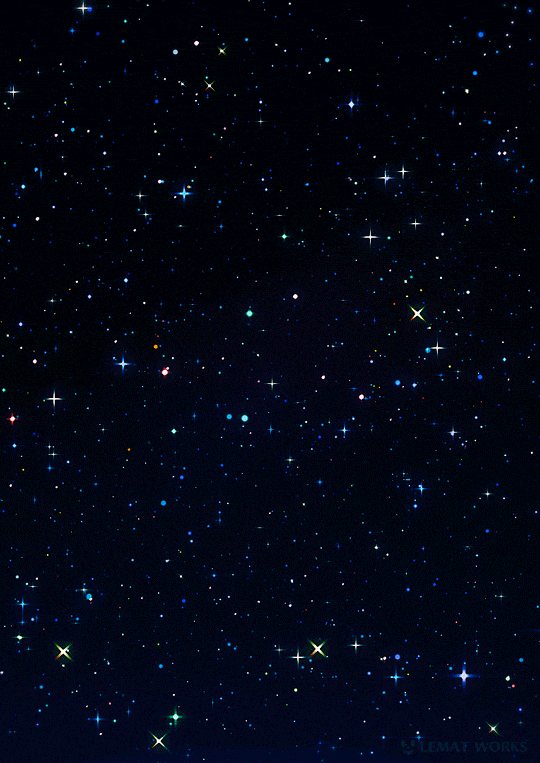
Produced by LEMAT WORKS
✨ Twinkle Night1 2 3 4 5 6 7 8 9 10 11 12 13 14 15 16 17 18 / Future Galaxy1 / Golden Stars✨
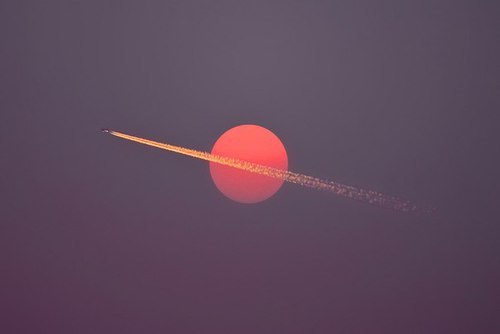


Kim Jongsook (Korean, b. 1968)
mixed media with crystals
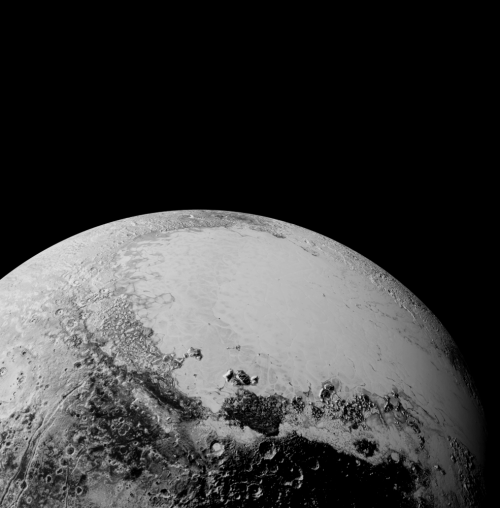
The bright expanse of the western lobe of Pluto “heart”, which is rich in nitrogen, methane and carbon monoxide ices. The image was captured by NASA’s New Horizons spacecraft (x).
What are the most important skills an astronaut should have m?
First of all, the basic requirement is a bachelor’s degree in a STEM field, and 3 years of experience (which can also be substituted for by an advanced degree). Other than that, operational experience (things with a technical/active/hands on nature like flying airplanes, SCUBA diving, taking things apart and putting them back together, basic fix-it skills, etc. etc.) is very important, as this is an integral aspect of every day of a space mission. What we call “expeditionary skills” are also essential, basically the types of things you try to instill in your children, like how to play nicely with others, self care, team care, etc. I like to think about this on the lines of a camping trip and who you would like to have along with you …someone that is competent and can take good care of themselves and their equipment, someone that contributes to the team and helps with group tasks, someone that is good natured and pleasant to be around, etc., someone fun! These things are increasingly important now that we are regularly doing long duration missions (typical International Space Station mission is 6 months). Experience living in extreme/remote/isolated environments with small teams is also useful, as it is similar to what we experience as astronauts.

ヘルタースケルター (2012)
Pretty on the outide… but like a fruit, the bugs have eaten from within.
(dir.) Mika Ninagawa



